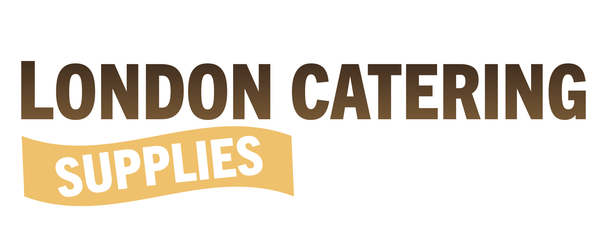
From hunters to cultivators to consumers, human civilization has come a long way. As we progressed, the evolution of food packaging supplies has been remarkable. Here is everything you need to know about the past, the present, and the future of the food packaging.
Food packaging history dates back to the earliest human civilizations. It plays a vital role in maintaining the quality of food and protecting it from different physical, chemical, and environmental conditions.
Let’s quickly go back in time and see the most dominant packaging materials during each of these eras:
A. Food Packaging in Ancient Civilizations:
The food packaging during the early days of human civilization focused on using large disposable food containers for bulk packaging. Some of the key advancements are:
- ~20,000 years ago: Early civilization days predominantly used natural materials like leaves, animal skins, grass, etc. for storing food.
- ~8,000 years ago: As the civilization progressed, earthen pots were used to store food.
- ~5,000 years ago: People started using wood in different forms like barrels, crates, boxes, etc. to package and store food.
- ~3,000 years ago: Around this time, glass and ceramics were the most preferred choice of materials for food packaging.
- ~2,000 years ago: By this time, people were able to develop paper-like fibers for packaging food.
B. 20th-century turnaround in Packaging Industry
As people started migrating to cities, the food packaging industry changed considerably. For the first time, the focus shifted from bulk packaging to individual packaging.
The industrial revolution in the 20'th century caused notable advancements in food packaging supplies. In the post World War-II scenario, for the first time, emphasis was given on preserving the food quality.
Several materials were developed to enable the supply of quality food products throughout the year. Since then, the food packaging industry has used different materials like aluminum foil, cartons, plastic films, and containers. Out of these materials, plastic has probably seen the most advancement in the past few decades.
The first plastic used for food packaging was Polyethylene. It is still widely used in different densities like low-density (LDPE), high-density (HDPE), and very-low-density (VLDPE). The main advantage of plastic is that it can be used as a disposable food container for solids as well as liquid. It is a lightweight material and works well with hot as well as cold food items and beverages.
C. The Present Scenario in Food Packaging:
One major drawback of plastic is that it takes a long time to decompose and stays on the earth's top layer for many years. Environmental concerns have called for a ban on the use of plastic globally and search for nature-friendly options.
Paper and fiberboards:
Paper and fiberboards have gained popularity to make disposable food containers and cups. Since these materials are bio-degradable, they are used in a variety of forms like plates, bowls, napkins, and bags. Sometimes, these paper products are coated with plastic to improve the handling of wet products and liquids.
Wood and Bamboo:
Plates made from bamboo and wood have emerged in recent years as a sustainable alternative to traditional disposable food packaging products. Since these are naturally occurring products, they decompose within few months. However, higher cost and large-scale availability remain the main concerns for these environment-friendly products.
D. Upcoming Trends in Food Packaging Supplies:
One of the most promising revolutions in the disposable food container material is stone paper. It is a paper made from an abundant stone known as calcium carbonate. Producing this recyclable material does not involve wood, pulp, or water, and the entire production process is energy conserving. This environment-friendly material is strong, waterproof, and durable.
Another emerging trend in the food packaging industry is controlled atmosphere packaging. A common example is using a specially designed film for freshly-cut vegetables and fruits. As the vegetables are still breathing, the film must allow both oxygen and carbon dioxide. At the same time, it should block moisture. Since the breathing rate for each vegetable is different, it requires different film characteristics.
The Road Ahead:
As the consumer market is increasing rapidly, it calls for an overhaul of the entire food packaging industry. In recent years, packaging techniques and materials have changed drastically. Some of the most important driving factors in the present evolution of the food packaging industry are:
- Environment-friendly packaging options for foods and beverages.
- Improving packaging efficiencies.
- Controlled atmosphere packaging.
- Active marketing capability in food containers.
This article summarizes the evolution of food packaging supplies throughout human civilization.
If you are looking for a reliable supplier for disposable food containers in London, you can visit London Catering Supplies - a leading wholesale food and drinks suppliers in London. Apart from selling high-quality food and beverage products, they are the most recommended one-stop solution for all your catering supplies in London.

